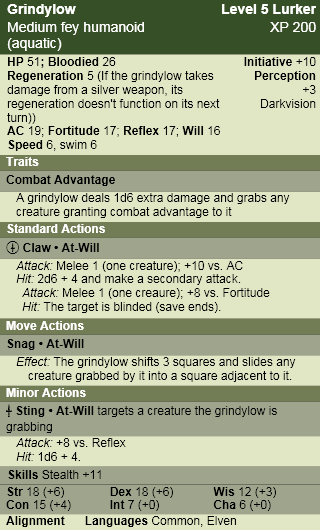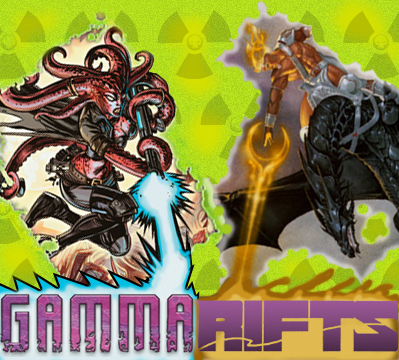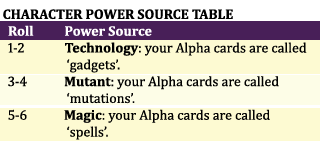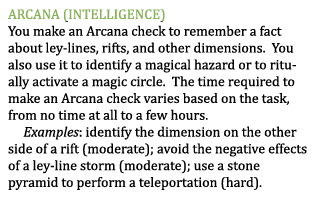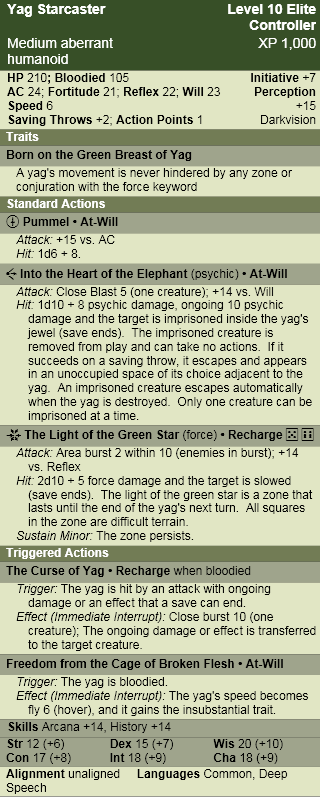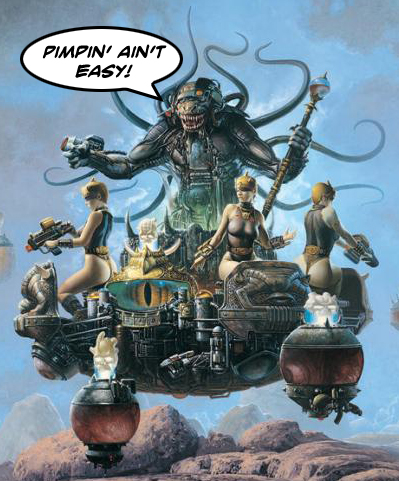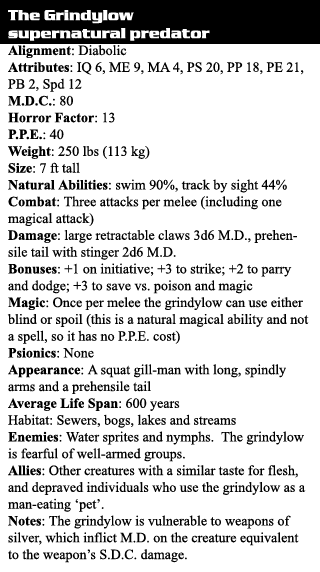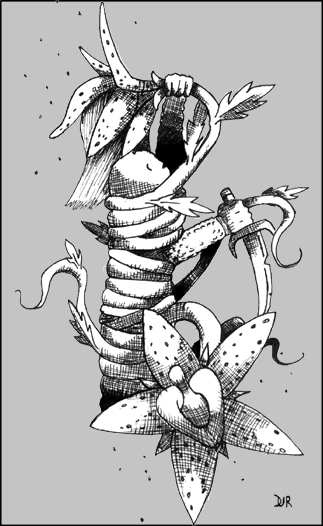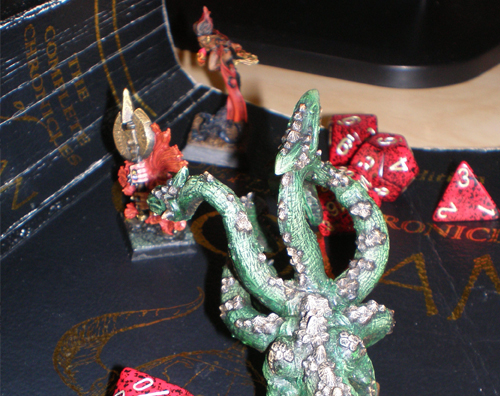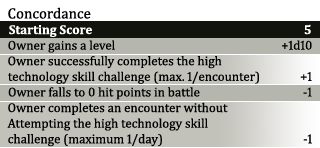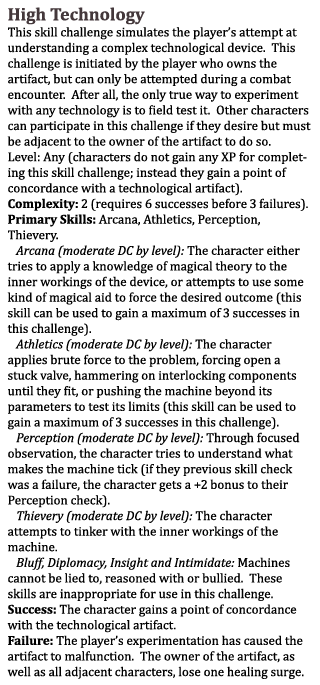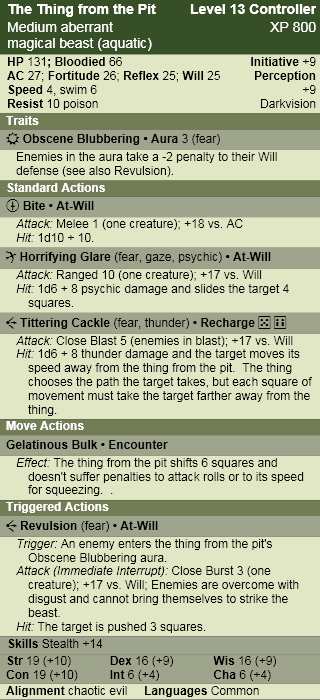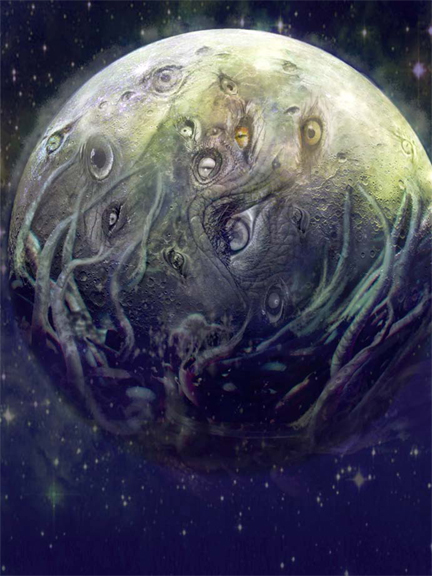Alternate histories and rpgs have a long relationship, one that has moved beyond settings (say, like the alternate weird west of Deadlands), to the games themselves. Let me explain. A popular trend in the internet fuelled ‘old-school renaissance’ of role-playing games is to imagine (and then create) the games that ‘could have been’ but weren’t made. You’ve got the B/X Companion (the imagined continuation of the Moldvay/Cook Basic and Expert D&D rules which were abandoned in favor of the BECMI sets), Adventures Dark and Deep (a hypothetical version of 2E D&D if Gygax had stayed with TSR), Spellcraft and Swordplay (a game that adheres to the original Chainmail combat conventions instead of the ‘alternate’ D20 mechanic presented in OD&D), even Stellar Battles (a ‘what-if’ scenario that has Gygax making an RPG of Star Wars in the early 80s and then losing the license).
Now there’s a lot I like about the old-school (the art for one, most obviously), but there’s a lot I don’t like as well (player vs. DM relationship, highly idiosyncratic systems, rules that rely on arbitrary DM fiat), and since the old-school rules are the thing I have the most problem with I’m not all that interested in these systems (I do admire the passion that goes into these projects though). That said, I really like the idea of taking an already existing idea or product and tweaking some of the facts as a way of re-imagining it and making something new (probably why I was such a huge fan of the What If? series from Marvel). It’s a great source of inspiration for monsters and adventures – another tool in a DM’s kit that’s not to be ignored (and the complete premise of the excellent Star Trek reboot).
The thing that got me thinking about all this alternate history and re-imagining was a post over at the Rue-Morgue website that directed me to artist Sean Hartter’s blog and this old post where he created a series of alternate reality movie posters. Here are a few highlights (click on them for a bigger picture), but I strongly recommend checking out the post and seeing all he has to offer (he’s selling them as full-blown posters as well). 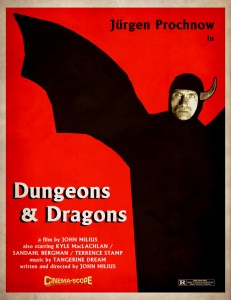
First we’ve got an 80s live action movie of the Dungeons and Dragons cartoon, starring Jurgen Prochnow (the captain from Das Boot, also collectively known, along with Edward James Olmos, and Bryan Adams, as ‘my people’) as Venger. Written by the guy who gave us Dirty Harry and Conan the Barbarian, with trippy, synth (probably too loud) background music by Tangerine Dream. If this movie had been made I can totally see it replacing The Sword and the Sorcerer in my childhood mythology.
The next poster asks the question: what if Ray Harryhousen’s pet project wasn’t Greek mythology, but Jack Kirby monster comics? The answer, an awesome vehicle for a pre-Michael Jackson Corey Feldman with an epic score by Basil Poledouris (hmm, another Conan connection), is Devil Dinosaur.
Then comes a much more serious and early version of Ghostbusters, starring the greatest actors of 60s era horror, with a very freaky Bette Davis as Zuul (Bette David eyes indeed). It only makes sense such a pedigree would be rounded out with a writer like Robert Bloch (the man behind Psycho).
The next poster has nothing to do with monsters, but I had to include it because I’m always bugging my friend about liking Daredevil so much (I shouldn’t make fun, especially since my favorite hero is Dr. Strange, so I’m in no position to be throwing stones, but what are you going to do?). It stars William freakin’ Shatner… need I say more? I will anyway. This movie would have Daredevil bare-knuckling in a 70s hell’s kitchen, and with Friedkin at the helm (who did the Exorcist and Cruising), you know it would be a much grittier New York than we saw Ben Affleck in, filled with violence, vice, and exploitive nudity (a pre-imagining of Marvel Knights maybe?).
The last entry isn’t really a poster but the package for the Atari 2600 game for Cloverfield, if those two cultural artifacts had come about in the same era. This one cracks me up, because as anyone who’s ever played the E.T. game knows, what you see on that screen shot would have been the whole game (though I don’t think it’s possible for any game to be worse than E.T.).
Like a lot of great art, these pictures do so much with very little (visually, obviously a lot of thought went into the era appropriate style and credits). In my own way, I guess I’m so jazzed up about re-imaginings and alternate histories, because that’s one of the things I’m trying to do here. You could call Monsters of the Hyborian age a ‘what-if’ scenario where the creators of 4e D&D went back to one of the literary inspirations of the game instead of distancing themselves from it.
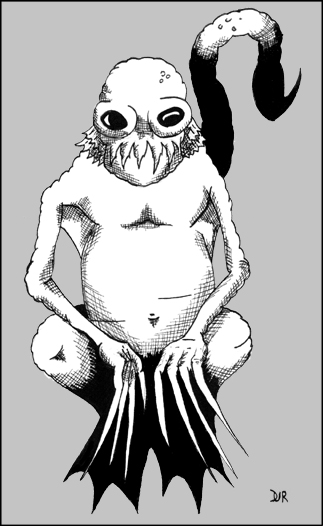 ‘m in love with the monster builder in the adventure tools). I really like the approach the rules foster to monster creation. You tackle the design from the perspective of what you want the monster to do, first and foremost (i.e. shoot eye beams, fly around, or in the case of the grindylow blind people, drag them into the water and sting them), and the end result is a monster that mechanically fulfills that vision. I love that goblins, kobolds, and orcs all feel different in combat because they are mechanically different from one another (now I just wish that the classes in 4e felt a little more different from one another). Could 3e handle any of the monsters I’ve created on this site? Of course it could, I just think it’s a lot easier in 4e (now when it comes to customizing already existing monsters 3e is definitely the king – I love the idea of adding class levels and advancing venerable monster specimens in size).
‘m in love with the monster builder in the adventure tools). I really like the approach the rules foster to monster creation. You tackle the design from the perspective of what you want the monster to do, first and foremost (i.e. shoot eye beams, fly around, or in the case of the grindylow blind people, drag them into the water and sting them), and the end result is a monster that mechanically fulfills that vision. I love that goblins, kobolds, and orcs all feel different in combat because they are mechanically different from one another (now I just wish that the classes in 4e felt a little more different from one another). Could 3e handle any of the monsters I’ve created on this site? Of course it could, I just think it’s a lot easier in 4e (now when it comes to customizing already existing monsters 3e is definitely the king – I love the idea of adding class levels and advancing venerable monster specimens in size). 